Messaging apps are one of the most common communication tools of the modern era.
“Texting” your friend has become the default option over a voice or video call for most people.
Even email, although it still has its strengths as a long-form communication medium, doesn’t dominate our attention as much as it used to.
So how do we, as independent ESL instructors, leverage the possibilities of messaging apps as marketing channels?
What are the pros and cons of relying on messaging apps as part of our sales funnel?
Which are the main messaging app players to be aware of and which markets do they dominate?
Finally, what are some practical strategies we can employ to sign up new ESL students through message app marketing?
Table of Contents
Messaging Apps vs Social Media Networks
First, let’s make a definition of what constitutes a “messaging app” and what distinguishes it from a “social network”.
Admittedly, the distinction is a bit gray because most social networks also contain messaging features. But for our purposes messaging apps are any communication tool which can be downloaded to a mobile device, but which doesn’t have clear “user profile discovery” functions as their primary feature.
In other words, you need to know someone’s username in order to add them to your messaging network OR have them opt in to your broadcast group.
Benefits of Using Messaging Apps
Notifications sent via messaging apps have a much higher open rate than email.
In an experiment conducted by HubSpot, messages sent via apps were opened 80% of the time vs 33% for email. In the same test, the offering had a click-through rate of 13% for messaging vs 2% for the same offer sent via email (a higher click-through by a factor of six).
Messaging app notifications also offer your brand greater visibility as notifications appear on the mobile device’s home screen, which is not always the case with other communication options.
Most messaging apps give an unambiguous indicator of whether the recipient has viewed the message. In the case of email opens, marketing software does have the ability to track “email opens”. However, these results are not always accurate due to “pixel blocking” options enabled by the recipients in their mail client.
Challenges of Using Messaging Apps
The main obstacle of using messaging apps for marketing purposes is that you need an intentional strategy to add recipients into your broadcast list.
Whereas it’s relatively easy to set up an email squeeze page with a lead magnet to entice people onto your email list, it’s a little more complicated to automate that list building process for messaging apps.
Also, there is the big issue of ownership over your contact list. Whereas you always control your list of email marketing contacts, the companies which own your messaging app platforms can shut you down at any time. In that event, your business is effectively cut off at the knees if that is the channel you are relying on to feed your sales funnel. You’ll always need to keep a close eye on whether you are complying to the letter with the terms of service of your favorite messaging app.
Let’s look at some of the most important messaging apps and the geographic markets they dominate.
The Global Big 3
FB Messenger
Founded as Facebook Chat in 2008, Messenger was released as a stand-alone app for iOS and Android in 2011. With Facebook Messenger, users can text, call, share pictures and videos, send money, and play games.
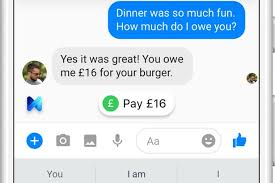
Businesses can have a Messenger account attached to their Facebook Business page. An attractive feature of this integration with Facebook is the ability to place a “Message” button as the call-to-action on your FB Business Page. Hootsuite has a comprehensive guide for using Messenger as a business tool.
It may come as a shock to many USA citizens to learn that the most popular messaging app on the planet is not FB Messenger, but another product owned by the same parent company, WhatsApp. In fact, only 20% of Americans use WhatsApp ; far lower than the application’s penetration into other regions, particularly Europe, Latin America and the Middle East.
WhatsApp offers free text messaging, including rich media. Accounts are also synced across mobile and non-mobile devices which can be of particular benefit for business use.
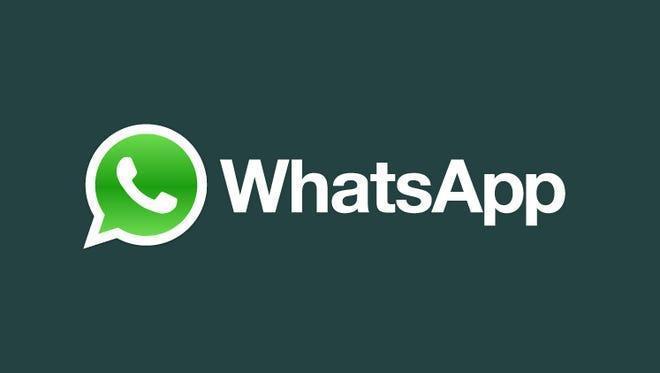
One reason for WhatsApp’s rapid adoption outside the USA is that it was an early adopter of free voice and video calls (subject to data plans) at a time when mobile communication in many countries was still quite expensive.
With WhatsApp group chats, you can share messages, photos, and videos with up to 256 people at once.
SnapChat
If you are the type of person who gets joy out of applying cat filters to your photos, you probably know all about SnapChat.
Originally the app was targeted toward one-to-one photo sharing, but you can now use it for a range of different tasks.
With SnapChat you can send short videos, do a live video chat, message, create caricature-like Bitmoji avatars, and share personal “stories” with your followers.
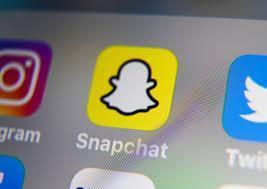
It’s fair to argue that SnapChat pioneered the concept of “expiry” content, i.e. content available only for a short time. This format has since been copied extensively by Instagram, Facebook, Twitter and others.
SnapChat is very much a “mobile centric” app and users of the platform quickly share their connections through the use of SnapCodes (similar to QR codes) located on the profile screen.
The 3 Asian Tigers
Despite their global popularity, Messenger, WhatsApp and SnapChat are fairly minor players in some important East Asian markets for ESL teachers.
In China, WeChat is the country’s ubiquitous “super app” that facilitates every aspect of most people’s lives, from banking, to communicating for business, to online shopping, to receiving news. You name it, and WeChat probably does it.
In a 2019 survey, 79% of Chinese internet users reported using WeChat. The application also has a few hundred million active users outside the PRC as well, although exact numbers are hard to pin down.
LINE
Every man and his “inu ” (dog) in Japan has LINE. I’ve personally been on a Zoom call with a group of ten elderly Japanese ladies where I asked, “how many of you use Facebook” and got just a single hand raised. Then I asked, “how many of you use LINE” and everybody raised their hand. LINE is Japan’s answer to WeChat in that it also offers a suite of functions.
One of the cool things you can do with LINE is to create a group where you add the Japanese Translation Friend bot, and it will translate from English to Japanese and vice versa. Especially useful for when you need to chat with Japanese parents who may not have a great command of English. There are also options for traditional Chinese (Taiwan), Thai and Indonesian.
Watch this video for quite a good explanation of how to do organic marketing with a LINE “Official” account and organic marketing with a LINE “Business Connect” account. For most freelance ESL teachers, the Ads Platform won’t be a realistic opportunity since Ads can only be placed via an approved digital marketing agency.
KakaoTalk
Commonly referred to as KaTalk, South Korea has its own “homegrown” messaging app with a popularity which dwarfs its rivals. In a 2016 survey of internet usage 99.2% of South Korean participants reported using KakaoTalk vs only 29.7% for Facebook Messenger and 13.0% for LINE.
KakaoTalk users can transfer money to other users on their friends list without the need for their bank account numbers.
The app supports free conference calls (for up to five people) with a feature called VoiceTalk and includes scheduling functionality. The application is available in 15 different languages.
The Rising Stars
Telegram
With recent bad publicity about breaches of privacy at WhatsApp and Facebook, smaller and more security focused apps have been gaining in popularity.
Telegram is one of these and has been rapidly gaining a following as a “free, fast and secure” alternative. The app has particular popularity in countries like Russia and Iran where government censorship and communication monitoring is a real concern.
Telegram uses something called an MTProto 2.0 encryption protocol which has been academically praised. The app has a “Secret Chat” feature where messages self-destruct and disappear forever.
Signal
If Telegram has a brand reputation for secure communication, Signal takes that and “dials it to eleven”. Whereas self-destructing messages are an option for Telegram, they are the default for Signal.
It’s doubtful whether this app would have been on many users’ radar except for the fact that Elon Musk famously endorsed them last year, after WhatsApp announced changes to their privacy terms.
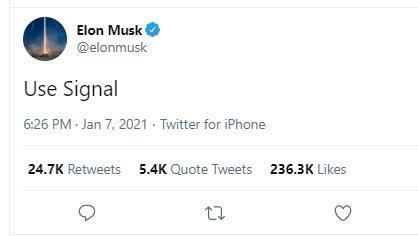
Honorable Mentions
Viber
Like East Asia, some parts of Eastern Europe have their own local taste in messaging apps.
Viber’s most popular market is Russia and other parts of Eastern Europe as it allows free of charge messaging, audio and video and works without an email or password (the app is tied to the phone number of the device).
Viber has received some criticism for feature bloat and saturation of in-app advertising.
According to some ESL teachers of Russian students, Viber is far less popular with younger generations compared to the 55 y.o.+ age groups.
Skype
The granddaddy of the apps featured in this article, Skype pioneered video calls over the internet way back in 2003.
After the company was acquired by Microsoft for $8.5 billion in 2011, the app fell into disrepute over mass surveillance revelations in 2013.
Microsoft have announced that they will discontinue “Skype for Business” in 2021.
Despite being a bit long in the tooth, the Skype App still has a few things in its favor such as real-time voice translation features and its (for now) availability in the Peoples Republic of China.
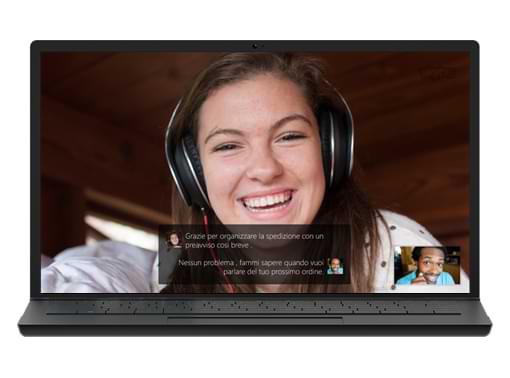
Teacherpreneur Marketing
ACADEMY
FACEBOOK GROUP
Strategies for Messaging App Marketing
Messaging bots
Probably the two most popular automated “message bot apps” right now are ManyChat and Chatfuel. Each has a free plan with enough basic features to help ESL teachers attract new students.
Both apps can be connected to your Messenger account to deliver engaging and interactive content according to the visitor responses.
For example, if you offer “Sales and Negotiation English Training” you might present anyone who engages your Messenger account with a question; “Which is your biggest challenge? a) Discussing your product with clients b) Negotiating prices and schedules with clients.
Depending on how they respond, you can set up your chat bot to give more interactive content that addresses that pain point. Messaging bots allow you to super customize your sales funnel messaging.
An added benefit of using message bots on your Facebook Business page is that it will help you earn a “Fast Response” badge from Facebook that in turn can help increase your visitor conversions.
If you are using WhatsApp, LINE or WeChat, those apps also have options for creating message bots. But these usually require a bit more technical skill and confidence.
Watch Sunny Lenarduzzi’s video to learn how easy it is to set up your first Facebook Messenger bot using a ManyChat free account.
QR Code sign-ups
Another option you can use for really customizing your marketing messages is to create Facebook Message bot triggers which deliver coupon codes or other content (like a PDF) based on segmented QR codes. For example, you could create a bot using Chatfuel that delivers a “10% off my course THIS MONTH” Messenger notification when a visitor scans a QR code on your website.
Once that person is in your Messenger list you can always follow up with additional marketing messages, although marketing broadcasts have some restrictions under Facebooks 24+1 rule (see below).
Squeeze page requests
As mentioned earlier, one of the challenges with using messaging to apps to grow your user base is actually getting users into your message contact list in the first place.
If message app marketing is part of your sales funnel marketing strategy, you should ask visitors to submit their app username when they submit a squeeze form. For example, if you are offering a free downloadable PDF, it doesn’t hurt to include an optional field asking them to submit their WhatsApp ID.
Facebook Sponsored Messages
Facebooks terms of service limit “free” promotional broadcasts to your contact list under their 24+1 rule.
Once a user engages with you and becomes part of your contact list, you can send as many promotional messages as you like within a 24-hour window (or within 24 hours of their last Messenger engagement).
After that 24-hour window closes you are allowed just one more message, and that’s it.
However Facebooks paid advertisement “sponsored messages” are not subject to the 24+1 conditions.
With a Mobile Monkey PRO Unicorn account you can leverage Facebook Messenger to send promotional offers to your Messenger contact list.
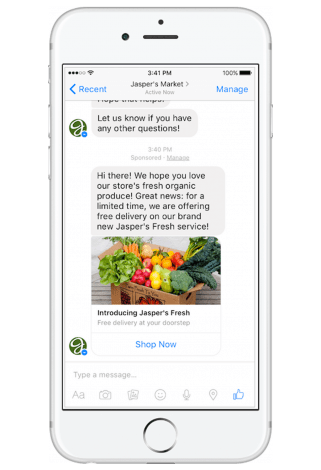
Since you can only send messages to people who are already in your contact list, you will need strategies for getting your target audience to engage with you in Messenger, first. Here are a few ideas:
- Set Up a Facebook Post Autoresponder. MobileMonkey Comment Guards, let you automatically message users who comment on your Page’s posts.
- Use “Send Message” Ads with a coupon lead magnet. These will appear in users’ news feeds, but instead of linking to your website landing page, the call to action encourages users to contact your Facebook Business Page via Messenger (see below).
- Embed Messenger Chat on your website landing pages. Visitors who engage with it will automatically be added as Facebook Messenger contacts.
Facebook Messenger Ads
Not to be confused with Sponsored Messages, there is also the option for Facebook Messenger Ads which show up as conversation threads within your organic conversation lists. When clicked, they go to your Facebook Business page with a customizable call-to-action button like “Send a Message”. These are not limited by the 24+1 rule.
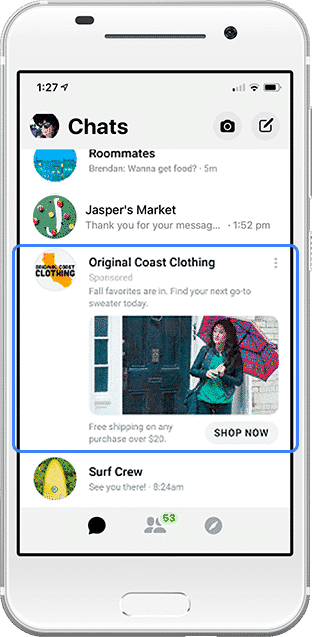
“Send Message” Facebook Ads
Just like a typical Facebook Ad which brings leads direct to your website, you can run Facebook Ads where the call to action is “Send Message”. When someone clicks, it opens a chat with your Messenger account, and they are added to your Messenger contact list.
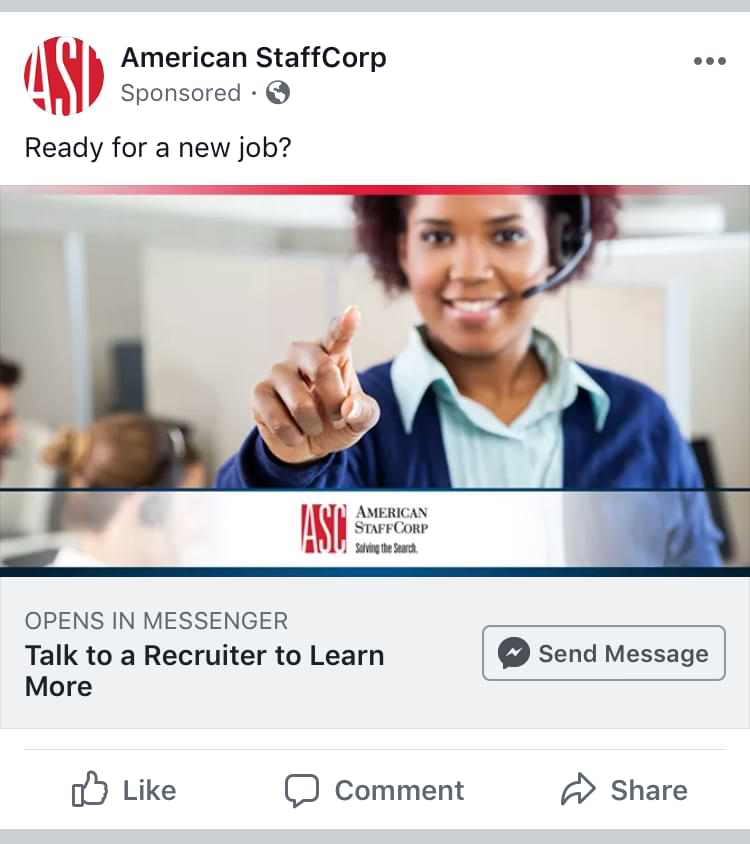
Conclusion
Messaging applications offer powerful opportunities for independent ESL teachers to connect with new students and grow their brand. There are plenty of free and reasonably priced marketing tools available to leverage messaging apps. If you are looking for ways to scale your business and add more prospective students to your sales funnel, you should be considering which message apps your target audience is using and develop a campaign strategy accordingly.
The author of this post lives in Japan with his wife and family. He has taught English part-time (online and off) for more than a decade. He is passionate about WordPress consulting, online marketing and using the power of the internet to help people achieve their dreams.
He thinks that until you’ve tried sashimi tuna with wasabi, soy sauce, hot sake and a cold beer chaser, you just haven’t lived.


